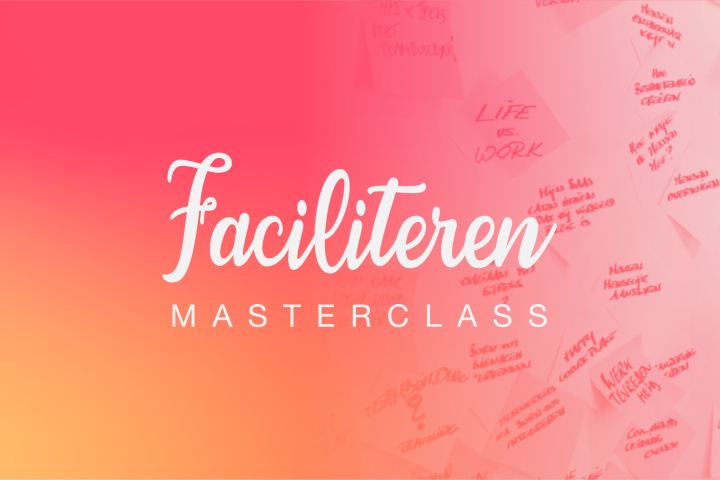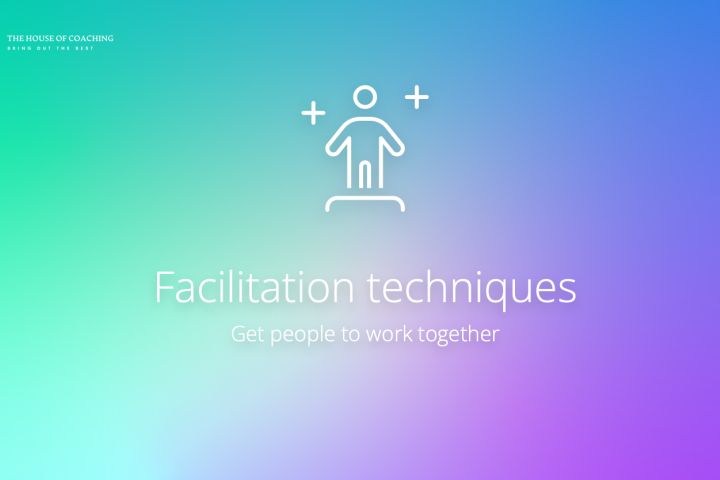Frames

The above are examples of frames you might recognise. But there are also a lot of frames that you are not aware of, but which also influence how you see the world. Your values, attitudes, beliefs, your mood, and even stress and group dynamics all come into play. Some frames help you move forward, others don't.
Therefore, as a coach or facilitator, it is useful to know:
- Which frames you yourself use in different situations and which ones help you and which ones actually limit you.
- Which frames individual participants use and which ones promote the process.
- Which frames predominate in a person or in the group and how they affect their mindset, attitudes and behaviour.
As a coach or facilitator, you can introduce or loosen frames to achieve desired outcomes. This is called 'reframing'.
An easy handle to overview the entirety of reframing techniques is to view thinking frames as a mental space with multiple dimensions: In this space, you can make a frame bigger or smaller, view a problem from different perspectives, reframe in time or reframe laterally by looking for alternative solutions. It's a bit like playing with Lego bricks; you can combine them in different ways to build something new and interesting.

